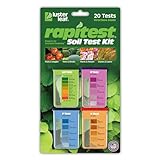How Local Lands and Soils Affect Landscape Design
The elements of nature combine together to create the environment within which a homeowner will be designing (or redesigning) their landscape. These elements include the form or shape of the surrounding land, the type/s of soil that make up the landscape site, the amount and nature of water available, the amount of sunlight or shade available, and the types of little critters that live there (to be dealt with in another article).
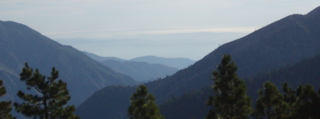
Rain, sun, wind, and temperature are elements that combine to form the local "climate." They are all present in the individual landscape as well. Depending on what already exists on a property, there may be several mini- or micro-climates also that, taken into account in design, could provide some real interest in the landscape when planted according to what they offer. We will address each of these elements separately below.
Land Forms
In Southern California, where I live, the existing land forms are mountains, grasslands, oceanside, and the desert. Houses in Southern California are planted in all of those locations, usually to their benefit, sometimes to their detriment. In Southern California there is also the occasional earthquake, which has a way of shaking up those who live nearby. Earthquakes can topple houses and also unstable or unhealthy trees. Landscapes near earthquake faults, which are many, should consider its possibility when choosing which types of trees to plant and where to place them. Structures in those areas are designed and built with resistance to earthquakes in mind and there is no reason why landscapes should not be planned in the same way.
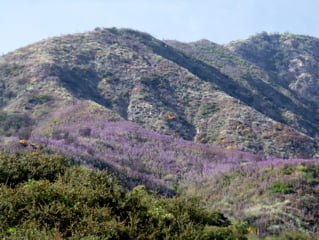
Mountains have a tendency to let things slide, especially after a good rain. And if that rain happens to follow a massive forest fire, also common in Southern California, homes located in the foothills could be washed away or at least given a good bath. This provides some free quantities of healthy topsoil, even as it threatens the existing garden. Designing the landscape with floods in mind and the possibility of mudslides would also be a good idea in such areas.
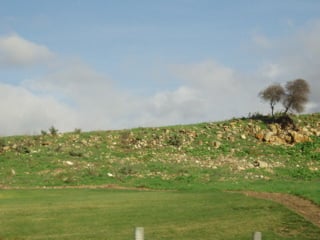
Grassland areas, on the other hand, are easy to plan for. They are generally flat, rather than sloped, have a substantial aquafir beneath (or used to), bringing the potential for water availability, have plenty of sunlight, and have pretty much already been built over. This generally means that you will be dealing with a redesign, rather than designing from scratch. Redesigns mean that you will either have to remove the original landscape components or include them in the new design.

Oceanside locations have also already been taken, being a favored site for good views. These sites are also extremely vulnerable to erosion, usually from ocean spray or wind, but also in the future from the rising ocean. As land-bound glaciers melt and water flows into the ocean, which is happening with increasing speed, it causes a rise in sea level. Tsunamis have not affected the area yet, but with the rising of the seas, who knows?
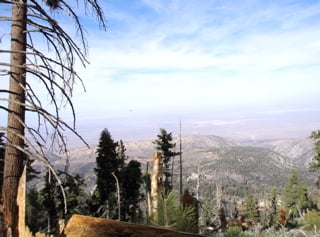
The remaining land form, the desert, is what all of Southern California is turning itself into by using up the groundwater and blocking its replacement. The desert, east of the San Gabriel Mountains, is typified by rocky soil and little surface water, and by wide open, very blue skies and not much rain. Temperatures are more extreme than the rest of Southern California and the air is drier. All of these factors require a very different type of planting.
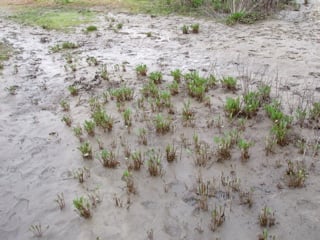
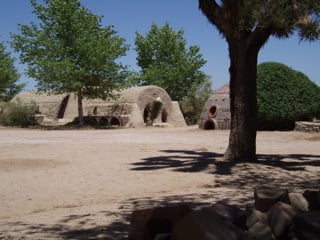
Soil Types
Most plants grow in soil, which is where their nutrition comes from. Soil comes in various types and levels of compactness. The more compact the soil, the harder it is for water to sink in and roots to grow down into. Soil is made of rock ground fine and mixed with old plant material. Rocks contain nutrients that plants can feed on, but only if it's broken down by rock-eating micro-organisms first, or worn down by water or wind erosion.
Some plants prefer the coarser soils like sand, while others prefer the finer soils like loam (lots of vegetable matter) or clay (really fine and compact). Identifying the types of soil present in whatever site you want to plant is one of the first and most overlooked steps a landscape designer needs to take. There are many reasonably priced soil identification kits sold in hardware stores and the purchase and subsequent use of one can save you a lot of trouble and money later on, as you choose plants compatible with the different soil types in your yard. If the soil is too hard for any plant, compost can be added to soften it as a last resort.
Terrain of Southern California
Groundwater
In the Antelope Valley, where I used to live, there was once a fairly high groundwater level hidden by sand, rocks, and native grasses. When early settlers displaced the Mojave Indians and started mining the area, they discovered the aquafir and brought in farmers. Alfalfa farmers liked the area especially, but within 100 years had proliferated so much that they had sucked the aquafir dry with their water-hungry crop. When I moved there as a teenager in 1964 there were around 15 alfalfa farmers left. When I moved back in 1995 there were only two.
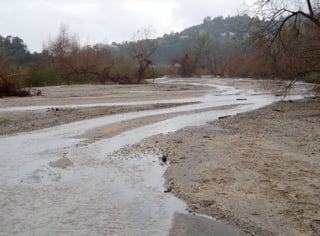
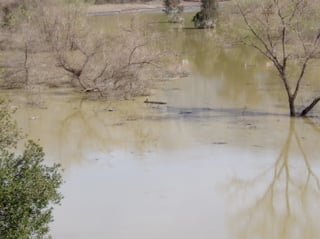
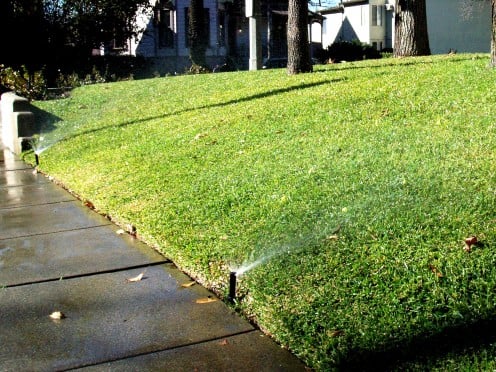
Water comes in the form of rain, which flows down the hills and across the land to fill crevices and valleys and flow out to the sea. When crevices wind in giant curves, the flow of water filling them, turning them into streams, slows down. As the water slows it deposits silt from the mountains, which replenishes the local soil, and it begins to sink down into the ground itself, the soil there absorbing it like a sponge. This spongy soil, with its deeply underlying layer of rock, becomes a giant water storage basin.
When the Spaniards first settled the area in the early 1800's, they discovered fountains and springs and streams. They planted groves of fruit trees and dates and other crops. Then American settlers came from the east, first by trickles, then by droves, and the construction and populations that replaced the farms and orchards sucked up the groundwater until there was hardly any left. This is where it stands today.
Water is a precious resource that any gardener needs to use judiciously. Choose plants that fit with the amount of water available. Let the prevalence of rain be your guide. Depending on irrigation to water your yard perpetuates the problem created by those who came before you.


